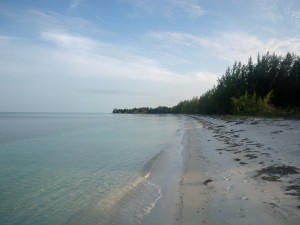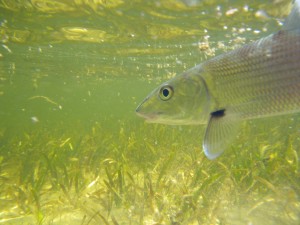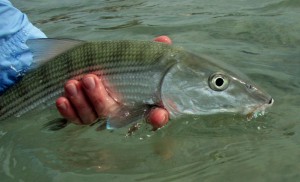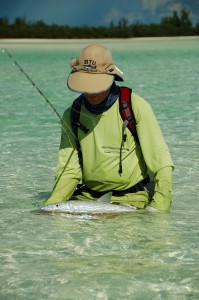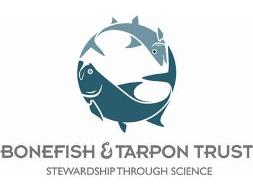(This post was originally posted on Nov. 9, 2009. I’m recycling it for my “Good C&R Week”.
After my bonefish vs. sharks (and cudas) post I put it up on a couple message boards and folks… well… they weren’t fans.
One guy even went so far as to suggest that pretty much any landed fish was going to die, specifically saltwater fish and in particular bonefish. So, I had to go and find some more information.
The news was pretty positive. Basically, if you limit your handling of the fish and limit the fish’s exposure to air, they are going to do well. The good folks at Carlton University, again, had the goods.
In one study, out of 12 fish caught and tagged with gastric implanted acoustic transmitters one was killed quickly, one transmitter was found two days later and the 10 remaining tags were still swimming around (in their bonefish hosts) at least 13 days later.
Here’s the study.
Ah… well… that’s nice to know.
Here are the conclusions reached as it pertains to how anglers, guides and fisheries management folks could help improve the survival rates of bonefish post-release.
Conclusion
The results of our study suggest that there are opportunities for anglers, guides, resource managers and conservationists to enhance the sustainability of recreational bonefish angling. …(1) Our first recommendation would be for anglers to land fish as quickly as possible and to minimize air exposure during the hook removal and release phase. A cooler or live-well aboard boats may provide an appropriate holding unit to minimize air exposure for this procedure. In fact, we recommend allowing all captured fish to recover for 2–3 min in a cooler or live-well prior to release. Fish that are returned to the water without losing their equilibrium should be better able to avoid predators and resume normal activities more rapidly. Because the likelihood that a bonefish will survive after release is substantially reduced in regions where sharks are abundant, distracting a shark by splashing may be helpful, but will not prevent all predation. (2) We also recommend, that when sharks are in the immediate vicinity of release, anglers hold their bonefish in a cooler or live-well and transport it to an alternate release location. This action may not be possible for anglers that are wading. If sharks are present and the likelihood that a shark will attack either angled or released fish is high, we encourage anglers and guides to relocate to an alternate location. If a captured bonefish is bleeding, we recommend that it be held in a live-well/cooler for 2 min to allow clotting before release or moved to an area with complex cover such as mangroves. The conservation of bonefish will depend upon anglers using strategies to release fish in good condition, such that they can avoid predators. Educational material related to proper fish handling needs to be disseminated to stakeholders around the globe that are involved in catch-and-release bonefish angling, or management of these fisheries resources.
I think in a subsequent study the idea of releasing the fish near mangroves turned out not to be effective as bones seem to head to deeper water (where lemon sharks are known to lurk), not the mangroves.
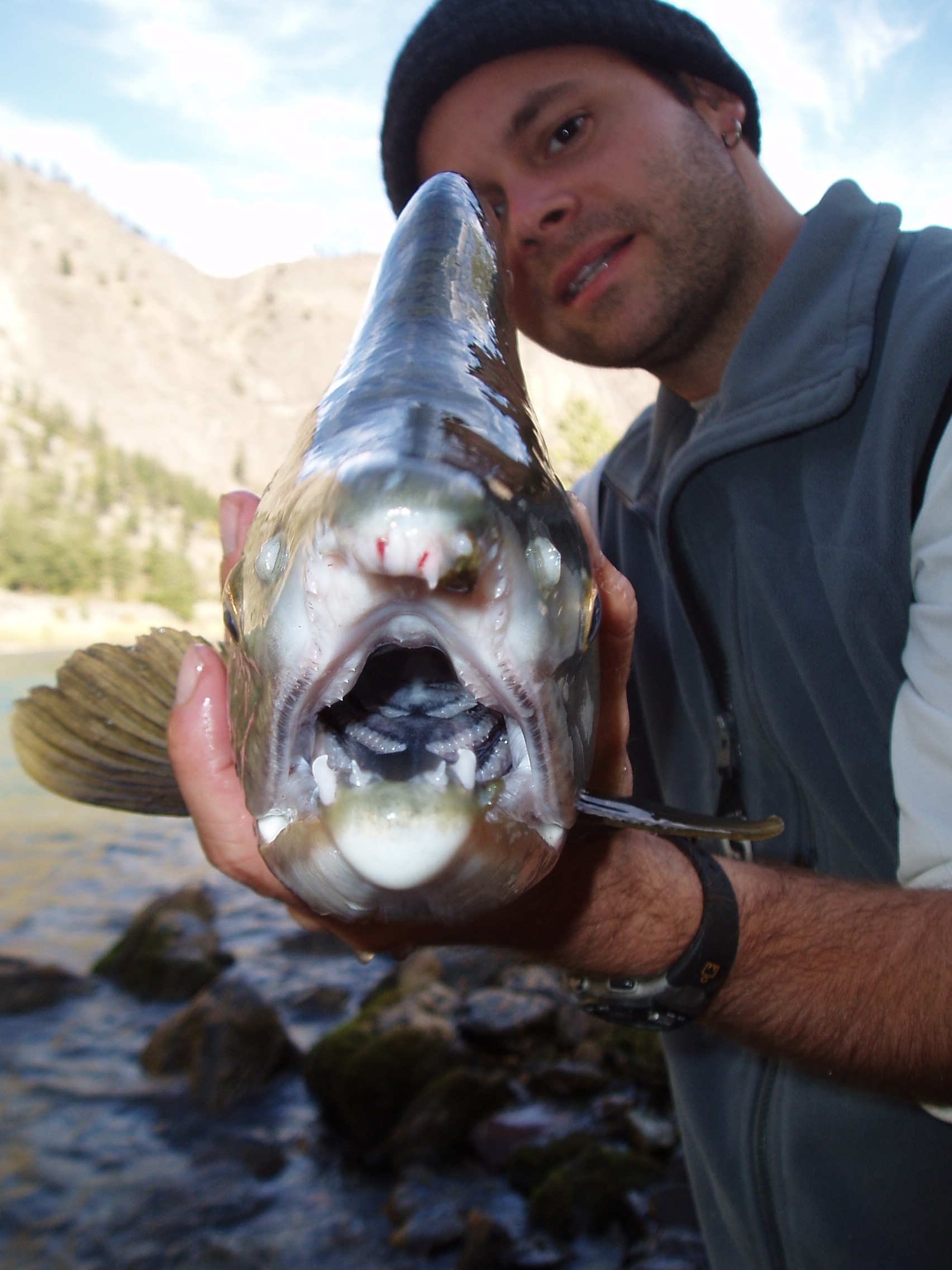
One of the researchers, Dr. Cooke.
